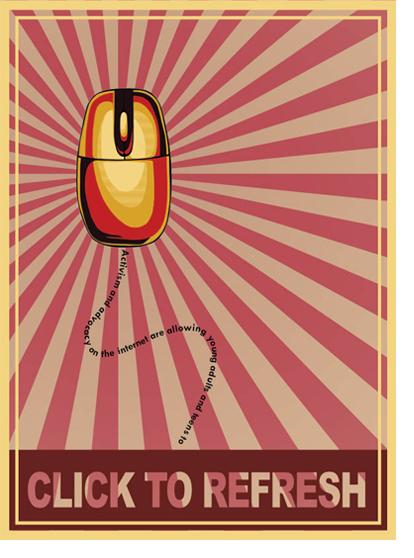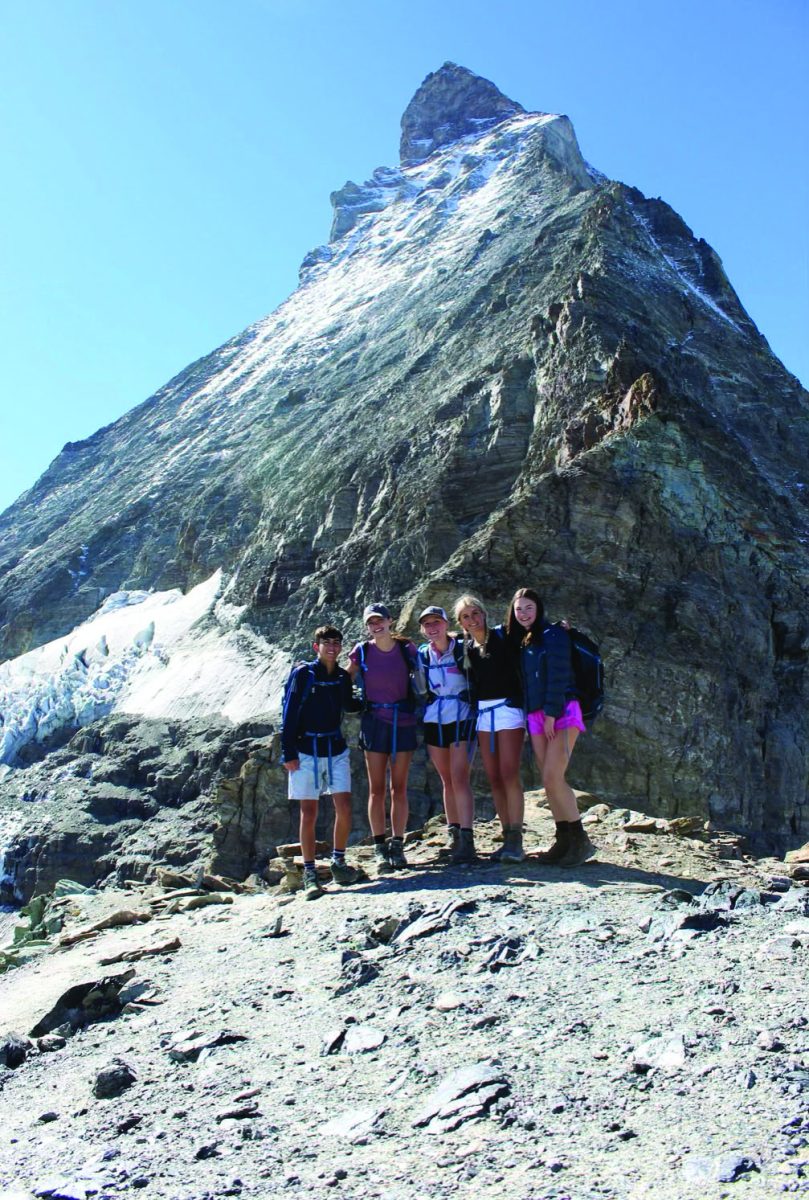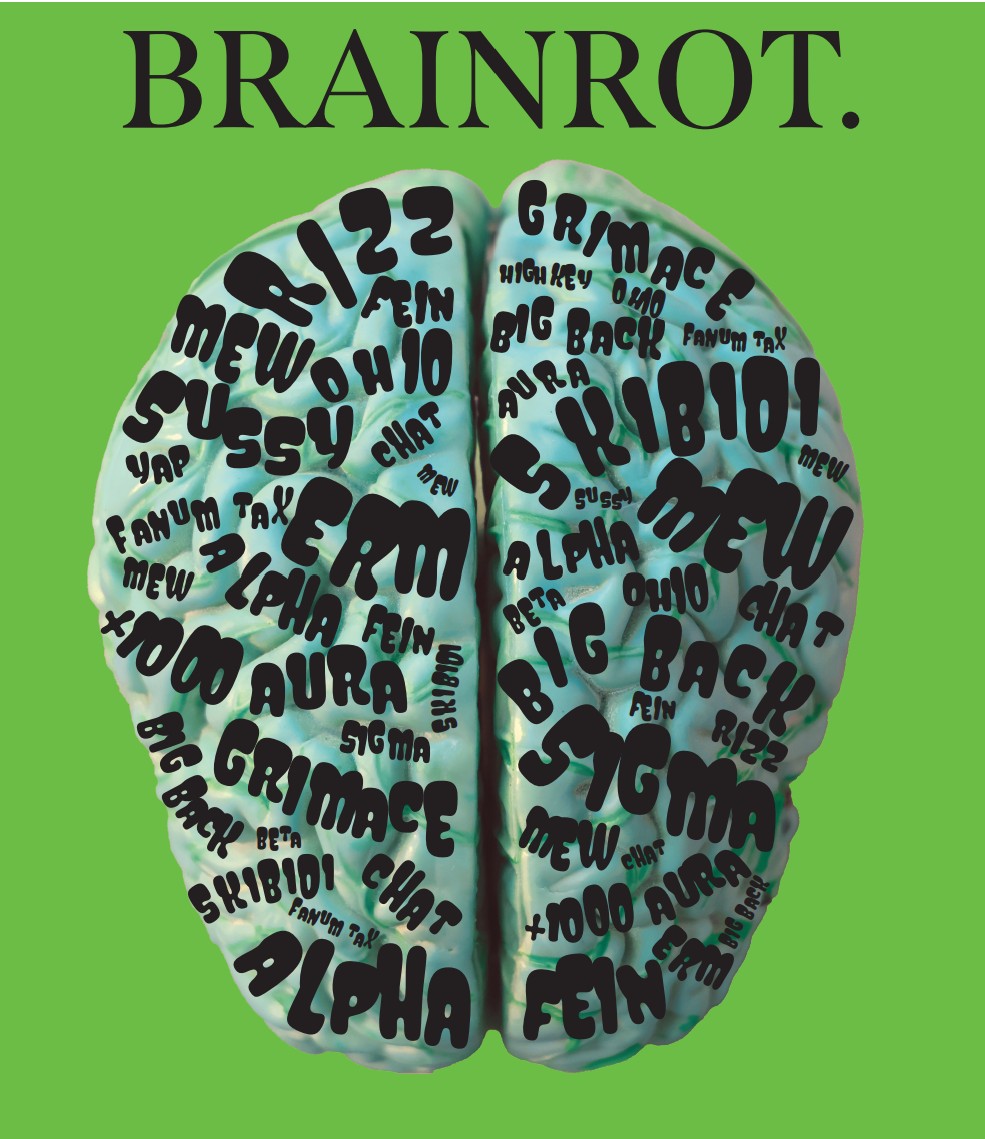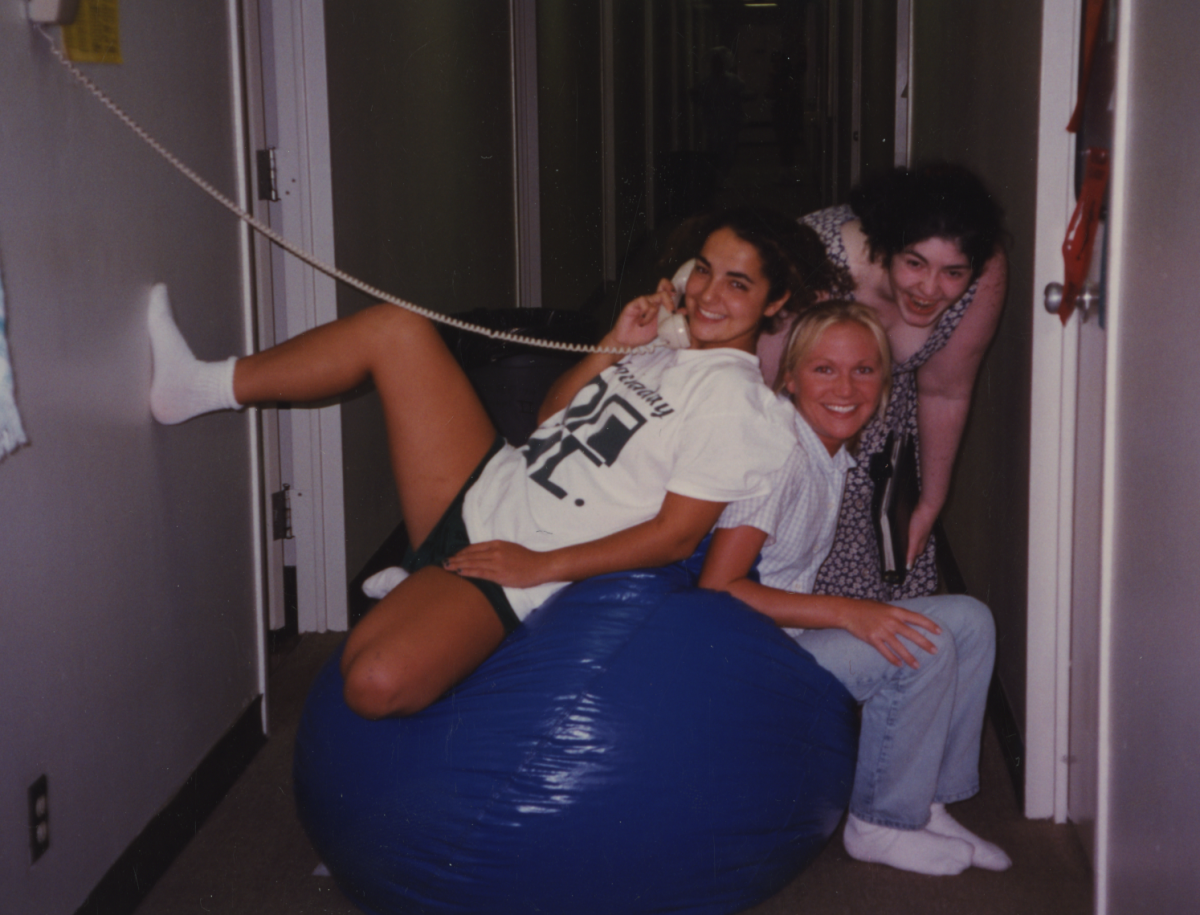 Activism for the Internet Age
Activism for the Internet Age
In a wave of status updates, tweets, profile pictures and wall posts, Invisible Children’s Kony 2012 campaign canvassed the Internet the week of March 5. The fastest
growing social video campaign to date, the YouTube video condemning Joseph Kony, the Ugandan guerilla general who leads the Lord’s Resistance Army amassed over 70 million views in five days. Just a few days later, the fuss died down, profile pictures returned to Winter Formal candids and views of the 28-minute YouTube video plateaued.
It has been said that our generation is apathetic. In reality, we may simply have short attention spans. The challenge is capturing them long enough to have a meaningful impact. Whatever one’s views on the Kony campaign, it at least made it clear that the web offers tools to personalize, narrowly target and encourage political and social activism for a faster paced, more tightly connected global environment.
“Really, it’s the world that you’re mobilizing,” Director of Community Service Laura Day said of activism on the Internet. “It’s revolutionized what you can do. You used to
just knock on someone’s door. Even 10 years ago, when I was a community organizer in the Bronx, if you wanted to change something—we were trying to fix the educational system in the South Bronx which was atrocious—you went to someone’s door, knocked on it, and in a day, before you passed out, got to 150 doors.” She had to be self-reliant, she didn’t have a Twitter feed or follower base at her disposal.
Day remembers the personal interactions of these afternoons spent canvassing low income neighborhoods. Once, a Dominican woman who hardly spoke English invited her in to talk. Day ended up staying for dinner to discuss the changes they both hoped to see in the community. While the Internet expands the reach of a few volunteers exponentially through page views and shared links rather than one-on-one exchanges, online activism risks a dependency on surface appearances—a well-designed website, or beautifully shot video.
“It struck me as very superficial,” President of the Invisible Children Club junior Laura said,
discussing the Kony Campaign. “Half the people didn’t know anything about it and were just jumping on the bandwagon…I think in general it didn’t spread very much understanding, more just awareness.”
Day prefers hands-on service, based on human interaction and strong relationships rather than online messages.
“We’re an information-rich society now,” she said. “It is not hard to know a lot about what’s going on, but it might be easy still to not internalize it.
When working in the field, the people and stories one encounters can be more effective in establishing long-term dedication to a cause or a project, Day said, using tutoring as an example.
Vice President of Mentors in the Community junior Sarah said, “because I see the same student every week and connect with her on an emotional level, it’s less ‘community service’ and more about getting to know somebody.”
This desire to see one’s impact on a day to day basis keeps many off the web. Freshman Ariella likes to “be able to see the effects of my help. That’s why I prefer volunteer work to Internet donations.”
But a hand can only reach so far. Responding to this desire to see one’s impact, the web has enabled a similar if not equal level of personalization across the nation and the globe, allowing donors and supporters to target and personalize their giving.
Kiva (kiva.org) matches needy business owners, predominantly in developing countries with civilian micro-lenders around the world. Browsing the website, one can narrow the search by region, gender and field to find, for example, a Paraguayan woman in the clothing industry. Users can see pictures of detailed plans for the use of the loan and then watch a meter monitoring the progress of loan payments.
President of the Human Rights Committee (HRC), senior Tita received a Kiva gift card for Christmas. She enjoyed browsing the site, searching for the perfect match for her loan.
“You can be more prone to give more because you build a personal connection. And you know when you’re giving money it’s not like you’re giving to an organization, trusting it to invest it in a good cause. You know that if you give this money to this person, you know exactly what they’re doing: they’re going to be starting a food stand in their city,” she said.
Ultimately, Tita gave loans to both a food stand and a clothing store. Kiva has a 99 percent repayment rate—both of Tita’s loans were repaid in full and she is currently looking for projects in which to reinvest the money.
The level of detail the Internet allows for in these types of exchanges was unheard of a
decade ago, when microlending involved investing in a microfinance bank which then allocated the funds on behalf of its members.
Through her involvement with the HRC, Tita has seen how personal connections to cause can make a huge difference. When choosing issues for HRC’s annual letter writing campaign, Tita tried to select a issues that girls can connect with on at least one of three levels: women’s issues, abuses involving children or teens and domestic offenses, noting that a cause “receives more attention and support if it’s relatable, if [girls] can empathize with it.”
Using these tactics, the campaign inspired girls to write over 500 letters to world leaders, but this method may be a thing of the past. On Facebook and Twitter, Tita said, “you don’t have to write letters to get people to support you, can post somewhere and people will come and follow.”
This is the ethos behind Change.org, a website which matches people to petitions—over 93,000 matches in the past five years. The efforts range from consumer protection by putting pressure on banks and phone companies to eliminate unfair fees, to its recent role in the Trayvon Martin murder case (Martin, a black boy, was murdered by George Zimmerman, who claims self-defense), for which the petition “Prosecute the killer of our son, 17-year-old Trayvon Martin” has garnered over 2,200,000 online signatures.
No rally or physical letter writing campaign could match these numbers: only the power of the Internet can gather this number of activists behind a united front.
Notably, signatures on Change.org cost nothing and loans on Kiva virtually promise to be repaid. The Internet is brimming with opportunities to donate old-fashioned, tax-deductible donations to non-profit organizations. But support which requires little to no funding from the “Internet activist” or support which rewards the donor with a product in exchange for their funding or support is a hallmark of Internet advocacy.
Senior Abby is willing to add a couple of dollars to charity to her grocery bill as she goes through the checkout line and has made donations along similar premises via the web. But when pointing out a specific example, she highlights “Hope for Haiti,” the iTunes relief album which raised $3 million following the 2010 earthquake.
“I don’t hesitate to buy a $10 album because I know the money is going to a good cause,” she said.
The success of this album and others like it would not be possible without the support of the Internet for distribution, promotion and consumers willing to listen to the message.
Day ponders her life as an activist without the Internet at her disposal. “How did we tell anyone anything?” she asked, trying to envision herself at a time before cell phones and 3G networks. Finally, incredulously, she answers—“I don’t know! That’s such a good question…word of mouth?”
– Caroline












